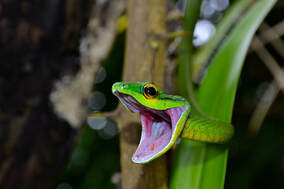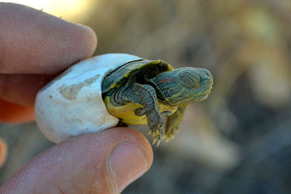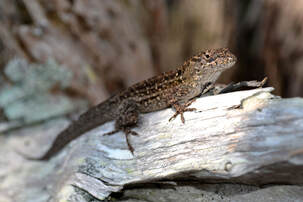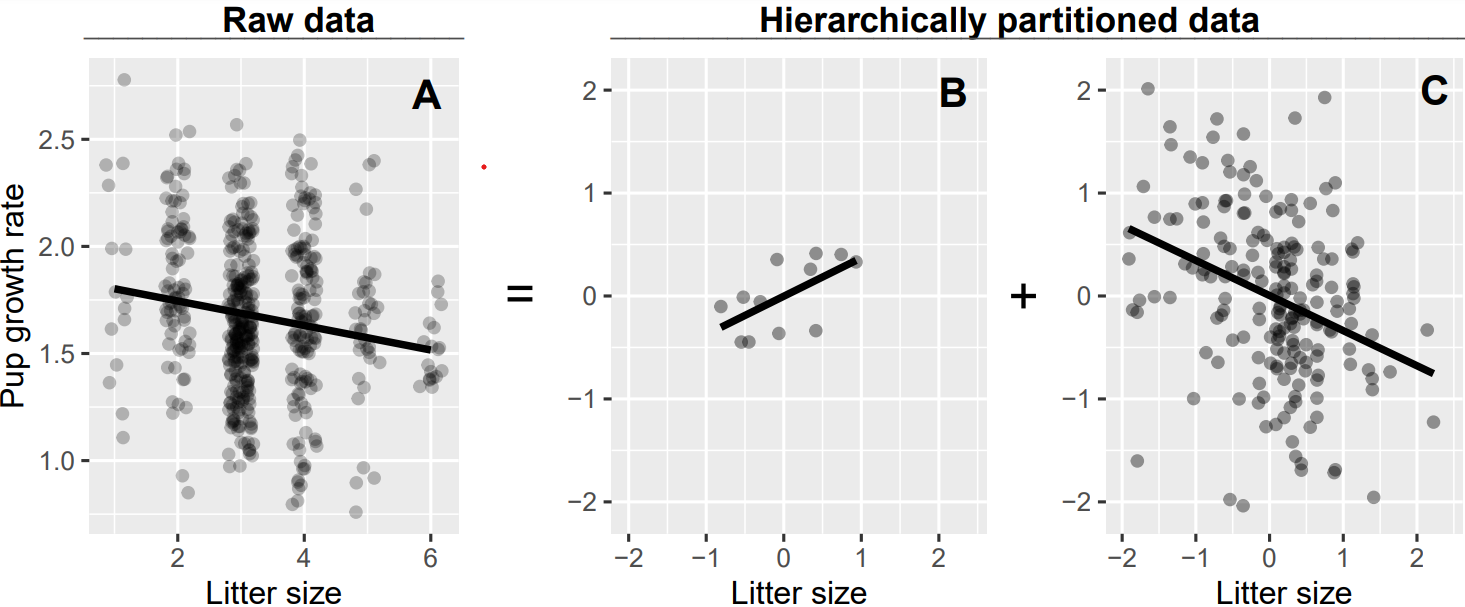Statistical Advances
|
Sometimes the reason an ecological or evolutionary question hasn't been answered yet is because the statistical methods to do so haven't been developed. I've been fortunate to work on two long-term studies with large complex datasets, poised to address novel questions but in need of new analytic techniques. Stay tuned as we look forward to sending this work out! |
Antipredation Mechanisms

Nearly all organisms are at risk of being eaten. Plants and animals have evolved diverse mechanisms to avoid becoming 0's in our survival data sets. These include morphological defenses, such as plant spines and turtle shells, and behavioral defenses, such as opossums and snakes playing dead or elk avoiding areas of high risk. I'm interested in understanding how interactions between predators and prey shape defense mechanisms, what costs (e.g., mating or foraging opportunities) prey animals incur as a result, and how prey behavior can inform our understanding of predator ecology.
Parental Investment and Life-History Strategies

Lifespans exhibit great diversity across populations and species. Why does one species reproduce infrequently and live long lives whereas another species reproduces annually and live short lives? I'm interested in the theory behind such life-history evolution, and in identifying drivers of variation within and between populations and species. Furthermore, there is a great diversity in parental investment and behavioral decisions as animals age. Studying how animals balance the benefits of investing into reproduction with the costs to themselves and future reproduction is key to our understanding of life history.
Habitat Use

Where and how animals spend their time is influenced by the pressures and opportunities presented to them. I'm interested in identifying the factors that shape habitat use across multiple spatial scales and time. Information on habitat use is particularly useful for wildlife management and conservation.

